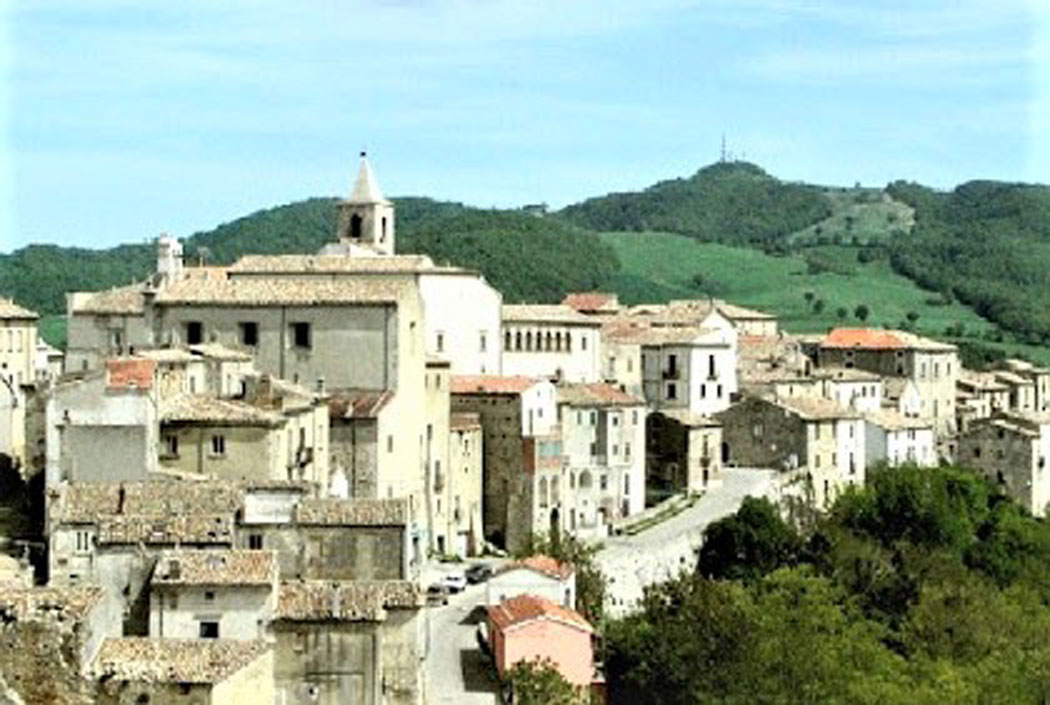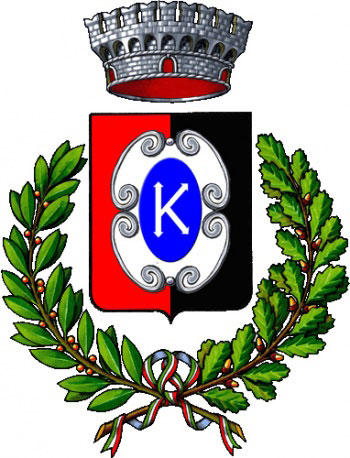

Casacalenda is a medieval village in Molise on a hill between the Biferno and Cigno valleys, and is surrounded by hills, wheat fields and ancient olive groves.
Its history begins with Rome and with the second Punic war of 217 BC. against Hannibal who had taken refuge in nearby Gerione.
The whole history of the battle is told by the Greek writer Polybius and you can visit the archaeological site of Arx Calela (Gerione) along the via Larina and the Traiana-Frentana. Hannibal burned Gerione and the city was later rebuilt by the Romans and was more or less in use until the catastrophic earthquake of 1456.
Back then, the Roman centre was called Kalene and perhaps this Latin name which means 'first day of the month' indicated a market that was held every month on this day.
After the fall of the Roman Empire, the population took refuge in a fortress on a hill, but Casacalenda always maintained its market of vases and bricks.
Many families succeeded in the government of the castle and the surrounding territory and the first written document dates back to 1175 in which the name of Giuliano di Castropignano is reported. Among the most important families we must mention the Caracciolo and Di Capua families, then, in the second half of the sixteenth century, the Di Sangro family whose palace is still located in the centre of the town.
The palace arose from the transformation of the ancient castle during the Renaissance and, by widening it, they incorporated the access door to the ancient village. Today it is owned by the city and hosts cultural events.
Two devastating earthquakes broke the harmony of the town, in 1456 and 1688, yet the wounds healed over many years, especially in churches.
In fact, the church of Santa Maria Maggiore was rebuilt after both earthquakes and enlarged up to the 1800s. Its interior is full of Renaissance and Baroque works that tell its long history.
The most characteristic church is the Baroque church of the Addolorata with its curved facade with a portal and a central opening with finely carved cornices. The church ends with an interesting bell tower with two bells placed in a central position.
In front of the church there is the Fontana del Duca (Fountain of the Duke) built in 1645 by Scipione de Sangro to bring public water to the citizens, as can be deduced from the coats of arms and can be read in the nearby plaque.
The fountain was built with three basins fed by spouts that come out of masks and is located in correspondence with a wall.
An important moment in the life of the village occurred in 1799 when Albanian mercenary troops paid by the Duke of Sangro to tame the population broke into the village and besieged it for 3 days (from 19 to 21 February). In this circumstance the Mastrogiurato Don Domenico De Gennaro died as a hero who was killed on the beach of Campomarino.
During the Second World War, an internment camp was built in Casacalenda for anti-
fascists and Jews.
For nature lovers in Casacalenda, there is the LIPU Oasis of Bosco Casale, a forest of over 100 hectares where you can find evidence of the ancient charcoal kilns, sources of water and endangered birds.
Among the main feasts are that of the patron Sant'Onofrio, that of San Giuseppe, where large tables are still set up in memory of the miracles, with dishes based on oranges seasoned with olive oil and sweet and sour pickles, lafioli, chickpeas, peas, chicklings (grass peas) , rice, cod au gratin.
To visit the Museum of the Bufu, an ancient musical instrument protagonist of the New Year's rite, the civic gallery of contemporary art, dedicated to the sculptor Franco Libertucci, the outdoor museum of contemporary art MAACK and the Giro del Cigno gallery dedicated to the race international cycling that has been held for over 60 years.
To remember the great emigration to Canada the Church of Our Lady of Defense was built in Montreal in 1921 by people of Casacalenda origin.
Cover picture by Molise Web







Follow us